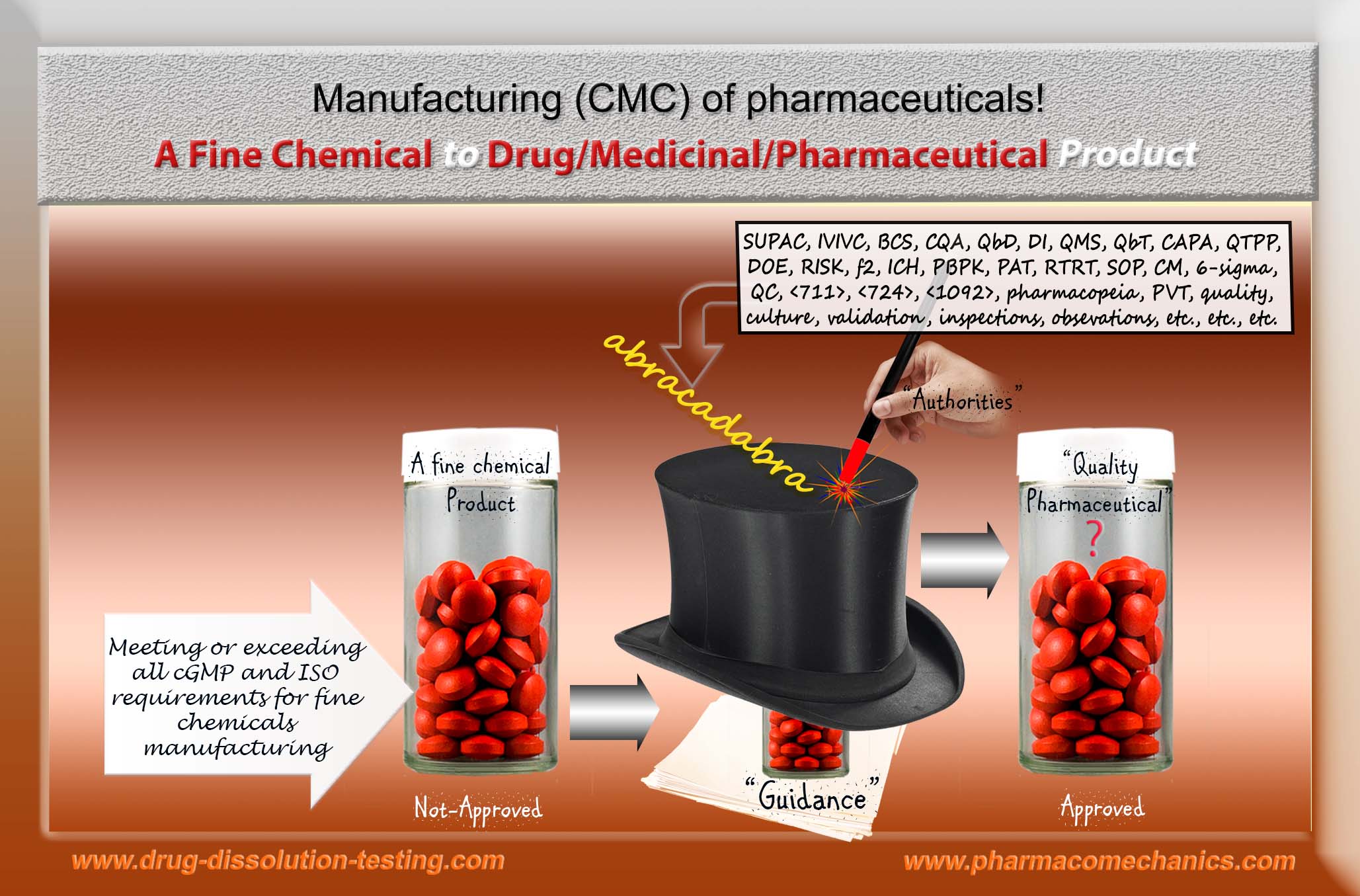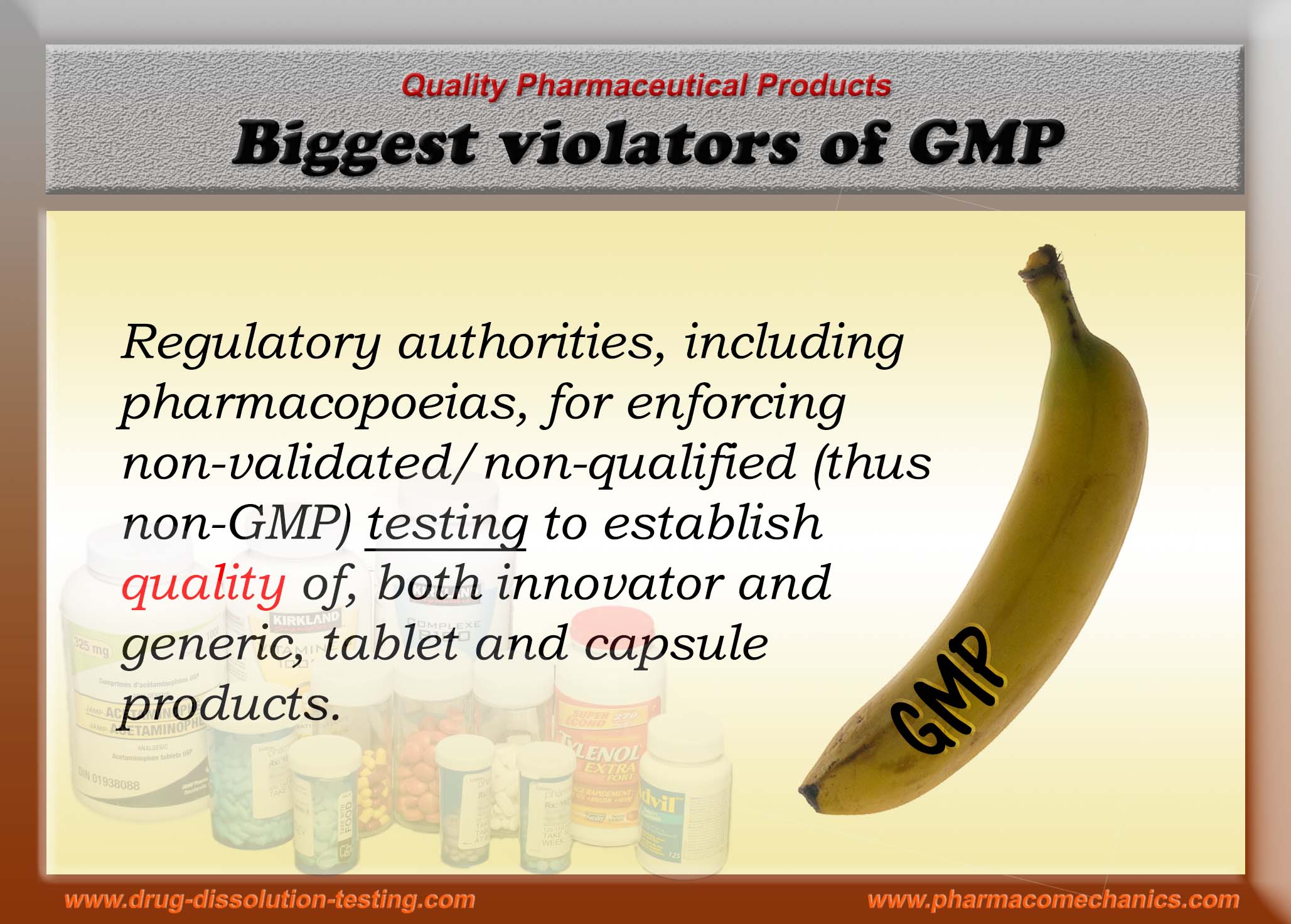
Recently USP revised General Chapter <1058> [Analytical Instrument Qualification (AIQ) – 1, 2]. Generally, it is recognized that instruments described in the pharmacopeias (e.g., USP) are suitable and qualified for their intended purpose, so laboratories/industries may use these confidently as per recommended specifications. In addition, instrument manufacturers provide such instruments meeting or exceeding the recommended pharmacopeial specifications. However, this situation has changed with the revised Chapter <1058>.
The USP does not seem to provide such assurance of qualification or suitability of the instruments for their intended purposes. Instead, USP describes that it is the responsibility of the users and the instrument manufacturers to provide evidence for the AIQ.
In interpreting this revision, the chapter clearly describes that instruments meeting the USP specifications do not necessarily mean or assume to be qualified for the intended purpose. In fact, this has been the case all along for drug dissolution instruments, i.e., they are not qualified/validated for the intended purpose, and USP only acknowledges this inadequacy now. But, on the other hand, users of these instruments are expected to establish and/or demonstrate that they are qualified and suitable for their intended use. This is interesting! If USP cannot qualify/validate its recommended testers, how could the users? They can’t!
In addition to laboratories and industry as instrument users, regulatory authorities are heavily dependent on the use of the dissolution instruments for developing and promoting their guidance documents (e.g., see US FDA Dissolution Methods Database – link). Unfortunately, the regulatory authorities assume that these instruments are qualified as they are part of the pharmacopeias such as USP, which is not a valid assumption. Therefore, now the regulatory authorities have to provide supporting evidence of qualification and validation of such instruments for the current and future guidance, which they can’t, as noted above. Therefore, the implementation of this change of policy from USP would not be trivial for the authorities but a messy, excessively time-consuming, and costly exercise. Furthermore, it is unlikely to be a successful exercise using currently recommended USP dissolution instruments. These apparatuses are non-qualified and known to have serious reproducibility and relevancy issues (link), presumably the reason USP withdrew its support for such instruments.
It may be much easier and cost and time effective if the authorities consider using a different or new tester based on the crescent-shape spindle (link), which has been suggested as an alternative to Paddle/Basket apparatuses. Crescent-shaped spindles can easily be used with the current vessel-based apparatuses (link). In addition, it would provide scientifically valid dissolution testing and, as a universal tester, remove the requirements of any product-dependent method developments – an extremely cost-saving step.





